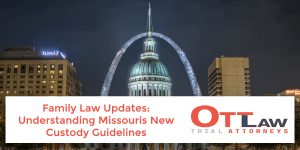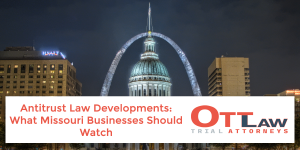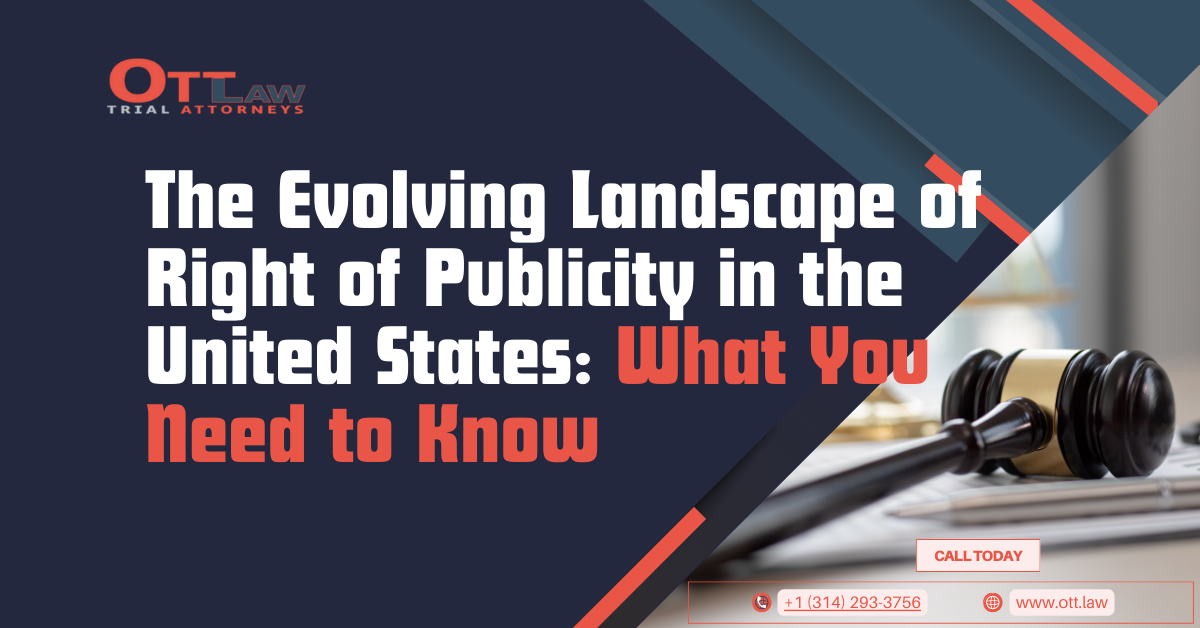The right of publicity is a fascinating area of law that has seen significant evolution over the last century. From its roots in privacy law to its modern implications for celebrities and non-celebrities alike, understanding the right of publicity is crucial for anyone involved in the commercial use of an individual’s name, likeness, or persona. In this blog post, we will delve into the historical background, the essential elements of a claim, and notable case studies that have shaped this area of law.
Historical Background: From Privacy to Publicity Rights
Originally conceived as a tort related to the “right to privacy,” the right of publicity emerged in the early 20th century as a mechanism to protect individuals from unauthorized commercial exploitation. The doctrine transformed from merely protecting an individual’s dignity and personal life to encompassing their commercial persona. Haelan Laboratories, Inc. v. Topps Chewing Gum, Inc., a seminal case, carved out the common law right of publicity as distinct from the statutory right of privacy.
Elements of a Right of Publicity Claim
According to legal scholar J. Thomas McCarthy, a valid right of publicity claim must satisfy two primary elements:
- Ownership: The plaintiff owns an enforceable right in their identity or persona.
- Unauthorized Use: The defendant, without permission, has used some aspect of this identity or persona in a way that is likely to damage its commercial value.
For non-celebrity plaintiffs, establishing the commercial value of their persona can be particularly challenging but is not impossible.
What is Protected?
1. Name
The right of publicity protects not just an individual’s legal name but also nicknames and stage names. For instance, Muhammad Ali successfully sued a magazine publisher for using his nickname, “The Greatest,” without permission.
2. Likeness, Image, or Picture
Unauthorized commercial use of a person’s likeness can also trigger a right of publicity claim. Noteworthy cases include Olivia de Havilland’s lawsuit against FX Networks and Ryan Murphy Productions, and Kim Kardashian’s case against Old Navy for using a look-alike model.
3. Voice
Voice imitation can be actionable, especially for celebrities with distinctive voices like Tom Waits and Bette Midler, both of whom have pursued legal action against unauthorized vocal imitations.
Noteworthy Cases
1. Celebrities and Look-Alikes
Kim Kardashian sued Old Navy for featuring a look-alike model, claiming the commercial caused her reputational and financial damage, especially given her competing clothing line with Sears.
2. Historical Figures
The heirs of Rosa Parks failed in their attempt to sue Target over the commercial use of Parks’ image in a series of books and films. The court cited a “qualified privilege” due to her historical significance.
3. Unique Situations
In Pesina v. Midway Manufacturing Co., a martial artist whose movements were captured for the video game Mortal Kombat lost his case due to the lack of prior commercial value in his likeness.
Conclusion
The right of publicity is a complex and continually evolving area of law, impacting various commercial endeavors. The scope of protection can vary by jurisdiction and specific circumstances. Therefore, whether you are an individual seeking to protect your identity or a business engaging in advertising campaigns, it is vital to consult legal expertise in this field to navigate its intricacies effectively.
Disclaimer: This blog post is for informational purposes only and does not constitute legal advice.
References
- William L. Prosser, Privacy, 48 CAL. L. REV. 383 (1960).
- Haelan Labs., Inc. v. Topps Chewing Gum, Inc., 202 F.2d 866 (2d Cir. 1953).
- J. Thomas McCarthy, THE RIGHTS OF PUBLICITY AND PRIVACY § 3:2 (2d ed. 2018).
- Ali v. Playgirl, Inc., 447 F. Supp. 723 (S.D.N.Y. 1978).
- de Havilland v. FX Networks, LLC, 21 Cal. App. 5th 845 (Cal. Ct. App. 2018).














